Breaking
- MENU
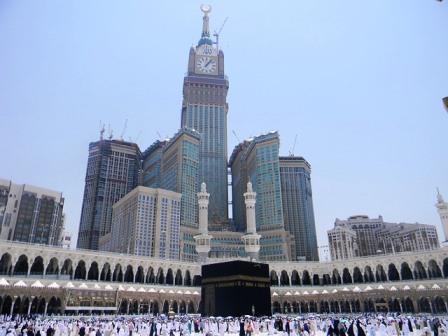
Prime Minister Narendra Modi’s two-day visit to the Kingdom of Saudi Arabia this week highlights the changes that are taking place in India’s policy towards Riyadh and its potential benefits. Traditionally, the Haj pilgrimage and energy imports formed the basis of the relations; but in recent years both countries have been working to transform the relations beyond the transactional aspect.
Prime Minister Modi’s keynote address at the third ‘Future Investment Initiative’ (FII) organised by Saudi Crown Prince Mohammed bin Salman, more commonly known as MbS, is a significant step in this direction. Also known as “Davos in the Desert”, the FII seeks to showcase the economic opportunities in the Kingdom for investments in the non-oil sectors such as non-conventional energy, knowledge economy, tourism, and entertainment towards reducing Saudi dependence upon the oil sector. These initiatives under the leadership of the Crown Prince are in sync with Prime Minister Modi’s desire to transform India into a US$ 5 trillion economy by 2024.
The visit is part of India’s growing engagements with Saudi Arabia. This was the eighth meeting between the two leaderships since Prime Minister Modi took office in 2014; sixth with the Crown Prince and the third this year and the first since the revocation of Article 370 of the Indian Constitution pertaining to Jammu and Kashmir; that heightened Pakistan’s diplomatic offensive with the Arab and Islamic countries in the Middle East and beyond.
Though the desire to push forward the bilateral relations was flagged in the ‘Delhi Declaration’ issued during the visit of King Abdullah to India in 2006, progress has been slow or at least had been until recently. The Saudi desire to invest in a petrochemical refinery in Maharashtra and the willingness of Aramco—the world’s largest oil company—to buy a US$ 15 billion stake in Reliance are the tangible signs of Riyadh’s desire to the transform the bilateral ties.
During the visit, Prime Minister Modi met a host of Saudi leaders, including King Salman, whom he had first met during the Brisbane G-20 summit in November 2014 when the King was the Crown Prince. Since then, Mr. Modi has met the Saudi monarch thrice, the last one being during the Indian Prime Minister’s April 2016 visit to the Kingdom.
The joint statement issued at the end of the Prime Minister’s visit, significantly reiterates the commitment of both the countries of “their categorical rejection of all forms of interference in the internal affairs of countries and the need for the international community to fulfil its responsibilities towards preventing any attacks on the sovereignty of States.” The diplomatic implications are obvious; cross border terrorism facing India and drone attacks on Saudi oil installations and the need for the international community to respond adequately.
A key highlight of the visit was the establishment of the Strategic Partnership Council headed by the Indian Prime Minister and the Saudi Crown Prince. This means that the apex leaders would be meeting regularly to shepherd the bilateral relations.
A dozen agreements were signed covering a host of issues including energy, civil aviation, security cooperation, defence, and regulation of medical products. The Indian Prime Minister also launched the ‘RuPay’ card in Saudi Arabia. The joint statement flagged traditional issues like support for the Palestinian cause. On foreign policy, both leaders discussed Yemen, which is of grave concern to the Kingdom. The Syrian issue was also deliberated upon.
Prime Minister Modi described India’s energy infrastructure as a potential target of Saudi investment and mentioned the figure of US$ 100 billion in the next few years. The visit thus, has set the stage for a robust economic and strategic engagement between the two countries, especially in terms of India’s strategic oil reserves and petrochemical plants, both in public and private sectors. The decisive outcome of the Prime Minister’s Riyadh visit will be measured by the ability of both the countries to walk the talk and deliver results within a short span of time.
Note: This article was originally published in Air World service on 30 October 2019 and has been reproduced with the permission of the author. Web Link
As part of its editorial policy, the MEI@ND standardizes spelling and date formats to make the text uniformly accessible and stylistically consistent. The views expressed here are those of the author and do not necessarily reflect the views/positions of the MEI@ND. Editor, MEI@ND: P R Kumaraswamy
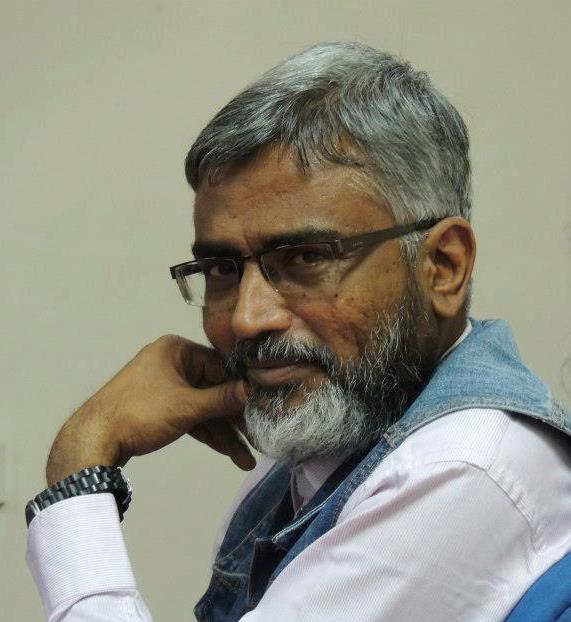
Professor P R Kumaraswamy is Honorary Director of MEI@ND.

When peace is viewed as ‘surrender’, there is little one can accomplish. Without an effe.....

The magnitude of the missile attack on Israel carried out by Iran in the early hours of Sunday was u.....
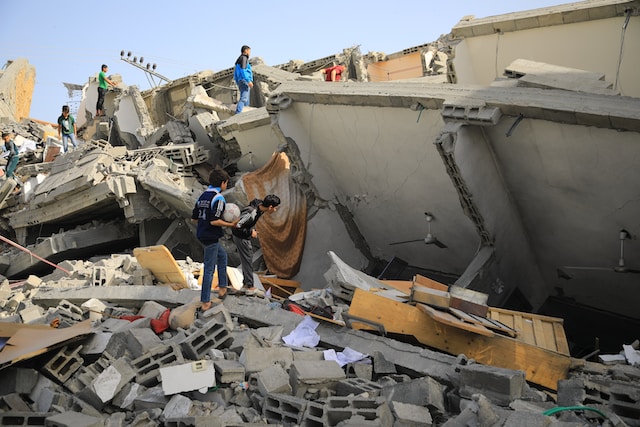
While the details are still emerging, the Hamas attacks from the Gaza Strip on Saturday were well pl.....
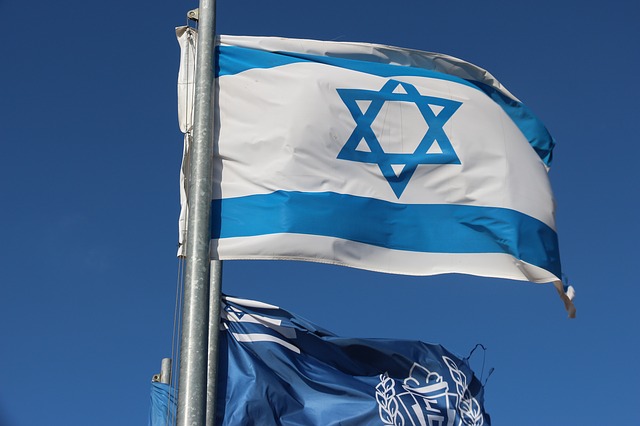
The Libyan controversy reminds us of the more significant problem facing Israel. While the scale and.....
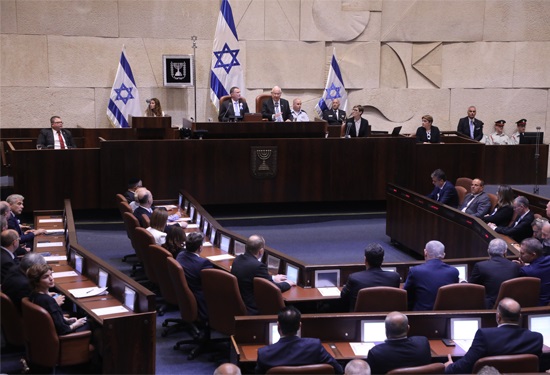
64-0! It should be an impressive vote in any country, especially in Israel, where a simple parliamen.....
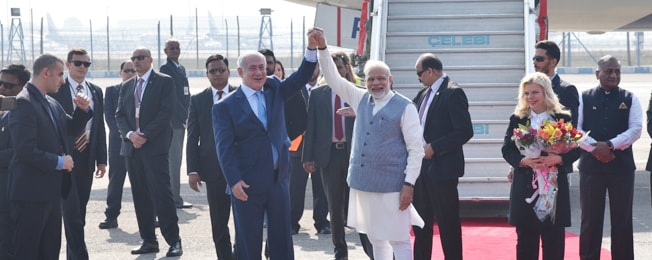
King Bibi is back! After one year in the Opposition, Benjamin Netanyahu, a close friend of Prime Min.....
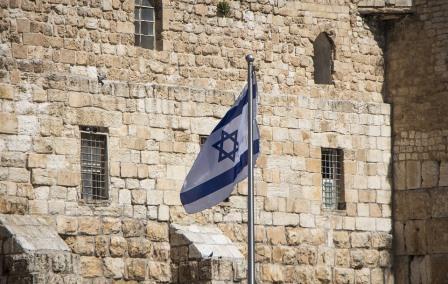
Political instability is an integral and inseparable part of Israel’s landscape. For the fifth.....

Even by the Israeli standard of coalition fragility, the Bennett-Lapid government, which completed o.....
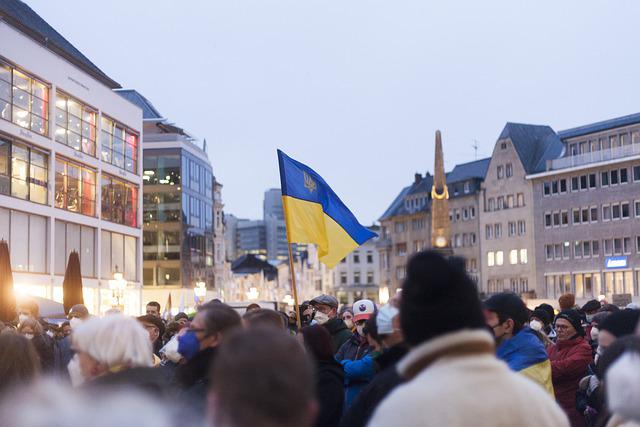
Soon to enter its fourth month, the Russian invasion of Ukraine has made irreversible damages to glo.....
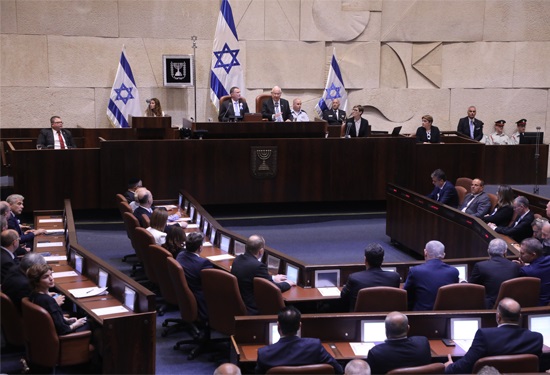
The visit of Israeli Prime Minister Naftali Bennett to India scheduled for last week had to be cance.....
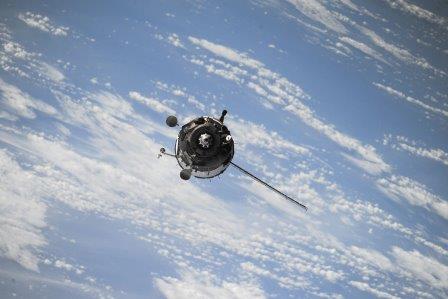
The drone attack on Abu Dhabi on Monday (January 17) by the Houthi rebels marks a major escalation o.....
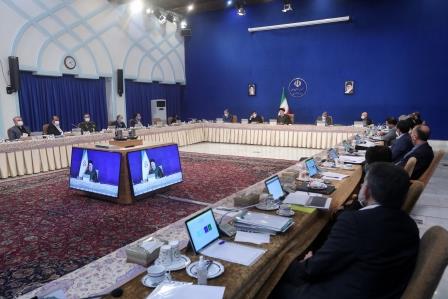
Of late, Israel-Iran shadow-boxing has been getting ominous. If Israel’s diplomatic offensive .....
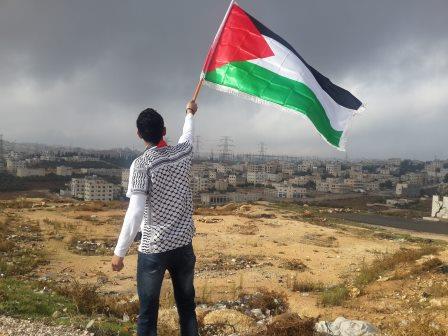
In early November, Moscow hosted Mohammed Dahlan, a former right-hand man of Palestinian leader Yass.....
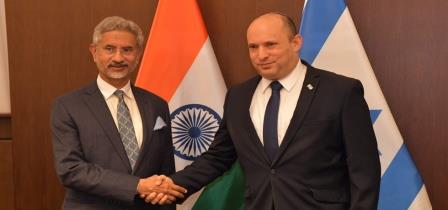
Nearly three decades after Prime Minister P V Narasimha Rao broke from the past and normalised relat.....
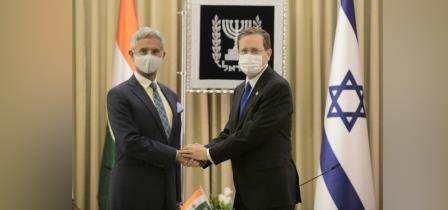
Earlier it was Pakistan and now China. So whatever India does and does not do externally has to be l.....
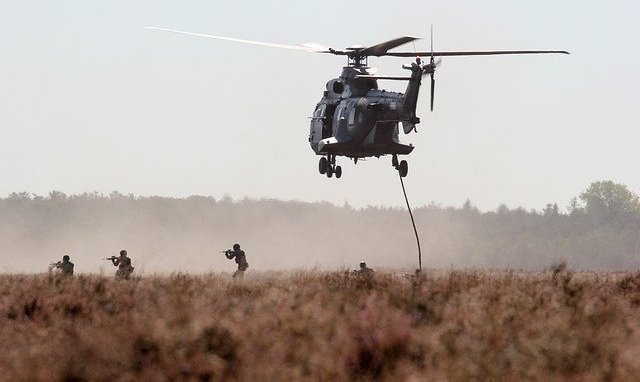
In several ways, the Taliban takeover of Afghanistan can be a game-changer in India’s worldvie.....
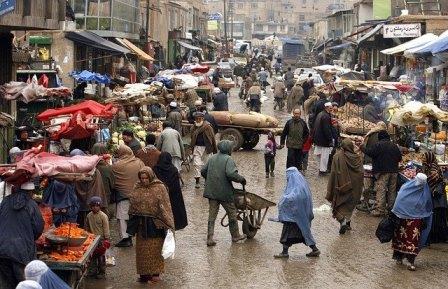
The Taliban takeover and its fallout exposed the limited diplomatic space for India in its immediate.....

Given the travel restrictions, local lockdown and sluggish economic revival, that over three lakh pe.....
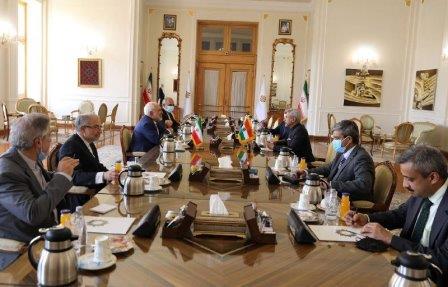
Since 2005, some critical decisions over Iran have been taken by the MEA’s US Division. So que.....
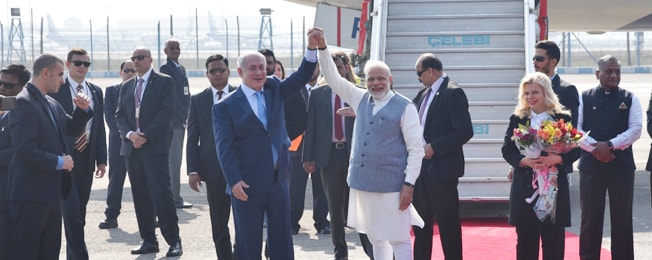
“Bibi dethroned”. This is the expression used in the Israeli media to describe the forma.....
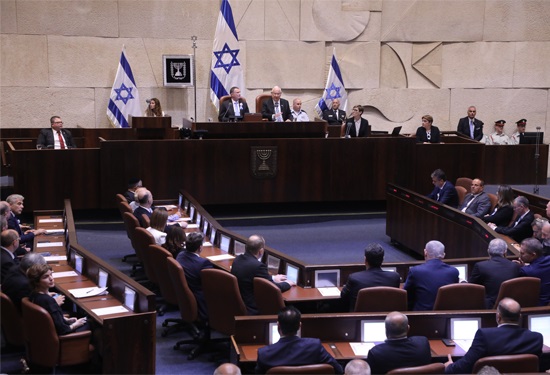
Despite having a woman prime minister in Golda Meir, female political representation in Israel has n.....
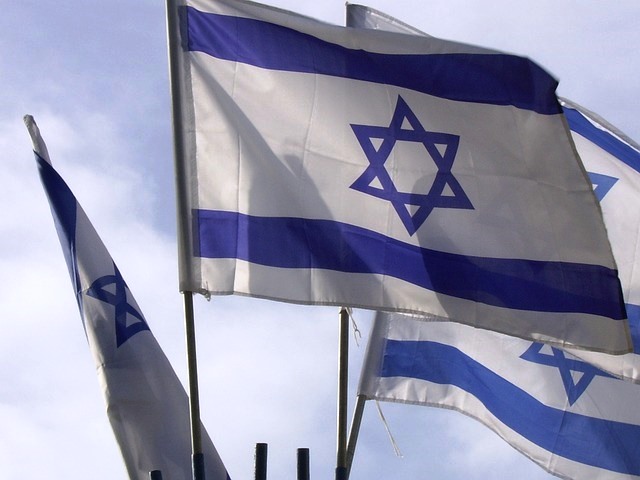
The most interesting aspect of the new Bennett-Lapid government in Israel is the emergence of Mansou.....
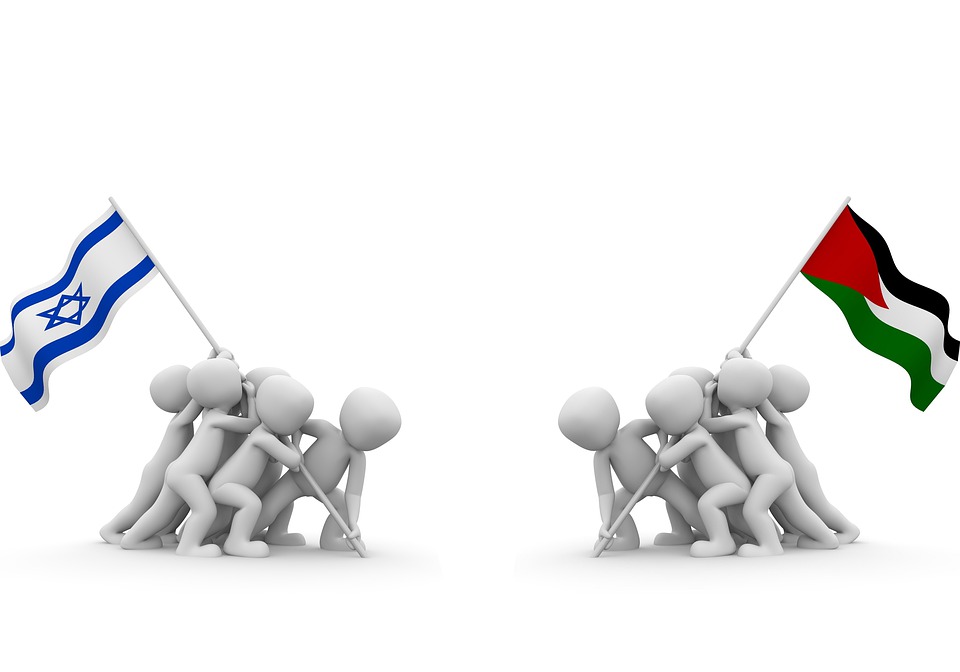
When it comes to mediating international crises, India’s track record is a mixed bag. In recen.....
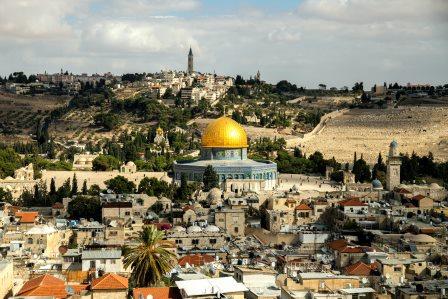
Going by the Israeli media, it is clear that the arm-twisting by the Biden Administration forced the.....
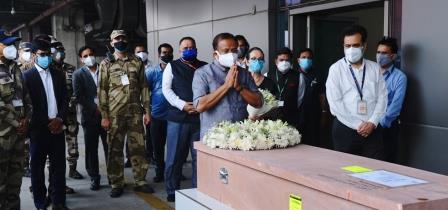
Indeed, Hamas is better placed today than it was in January 2006 and the current round of violence i.....

While the international community wants de-escalation and an early end to the conflict, the chances .....
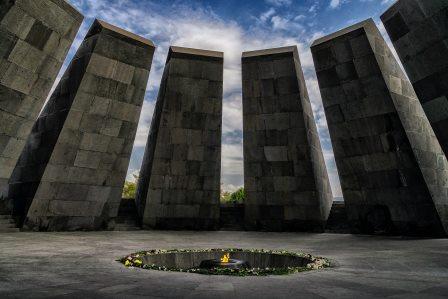
Ending the past silence, US President Joe Biden marked the Armenian Genocide Remembrance Day of Apri.....
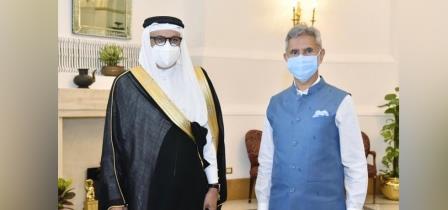
The visit of Foreign Minister of Bahrain Abdullatif bin Rashid Al Zayani to India during 6-8 April r.....
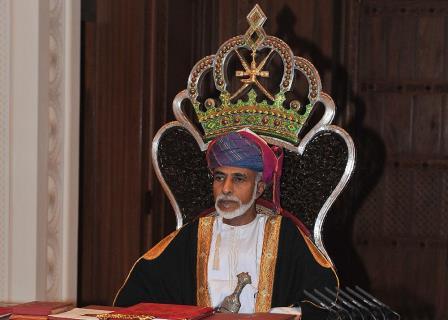
By posthumously bestowing the Gandhi Peace Prize for 2019 upon Sultan Qaboos of Oman, New Delhi seek.....
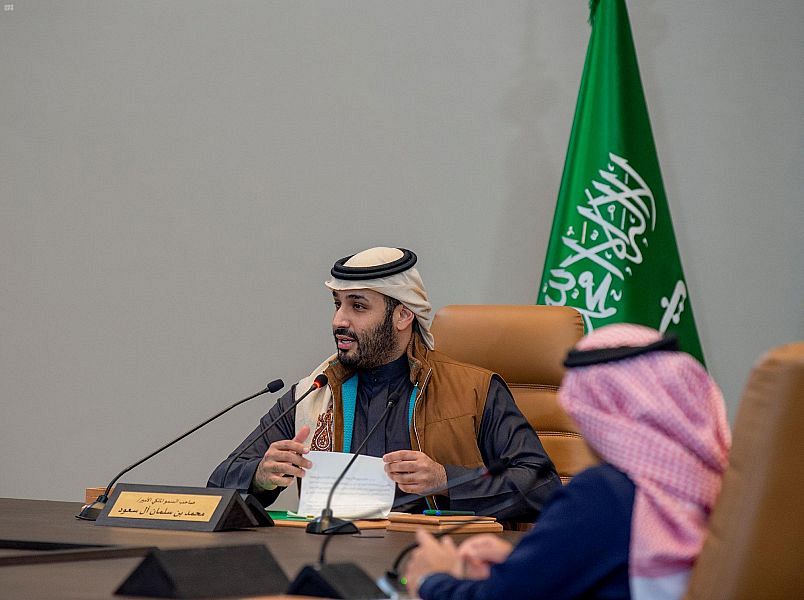
Much to the displeasure and discomfort of Saudi Crown Prince Mohammed bin Salman (more widely known .....
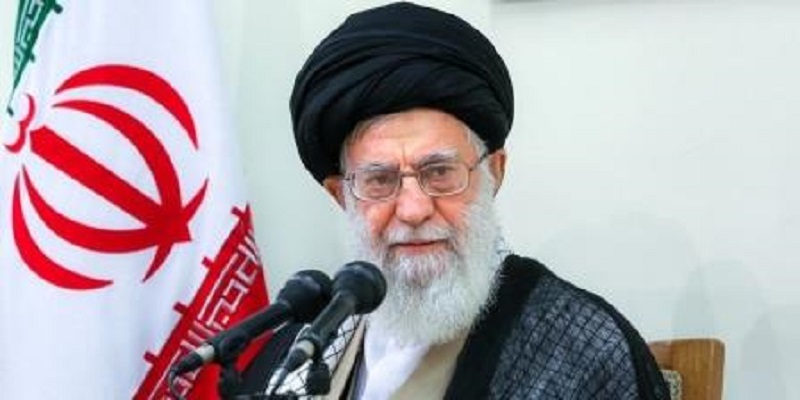
The nomination of Robert Malley, a veteran hand in Washington policy circles, as the Special Envoy f.....
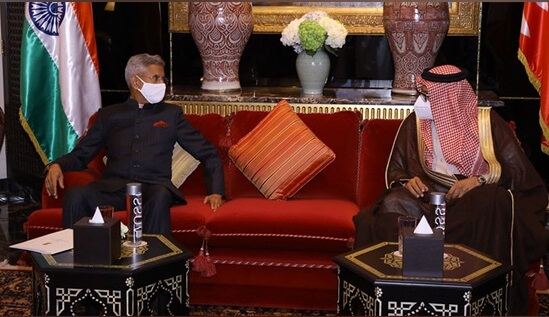
The two-day visit of External Affairs Minister S Jaishankar to the United Arab Emirates last week is.....
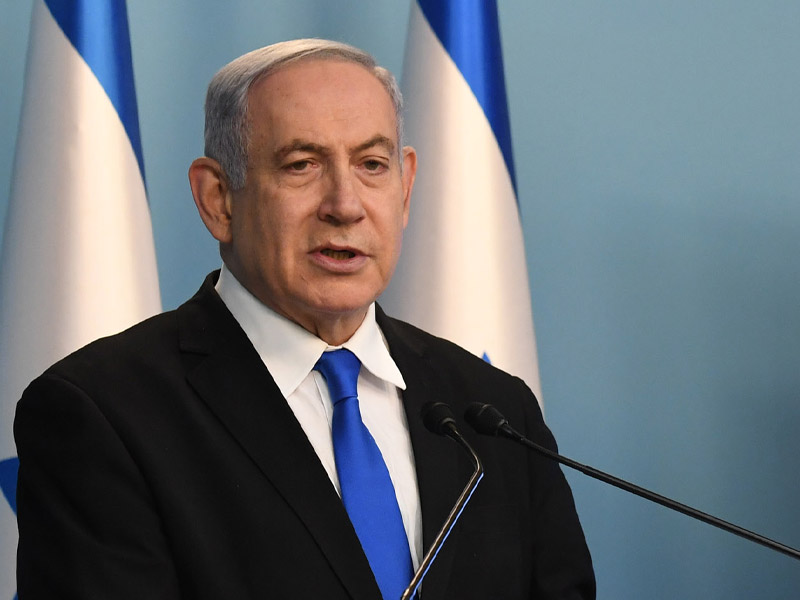
United Arab Emirates’ (UAE) decision to normalise relations with Israel is the most dramatic e.....
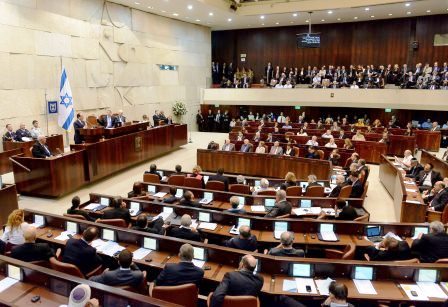
Declaring victory moments after the polling ends has become the hallmark of Benjamin Netanyahu; and .....
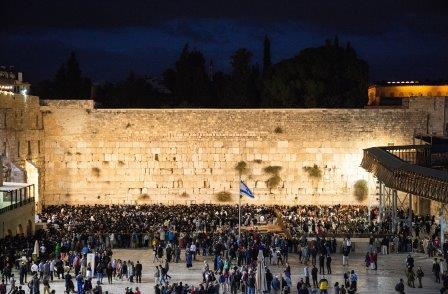
Israel went to polls for the 23rd Knesset on 2nd March. The third parliamentary elections within one.....
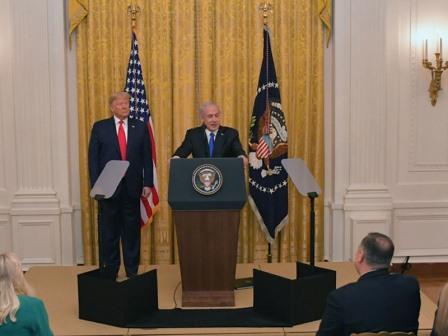
With possible removal from office hanging over their heads, US President Donald Trump and Israeli Pr.....
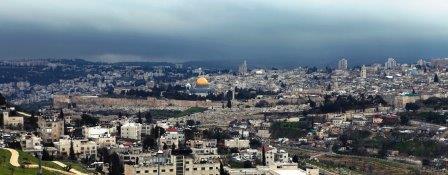
US Secretary of State Mike Pompeo’s sudden and unexpected announcement regarding Israeli settl.....
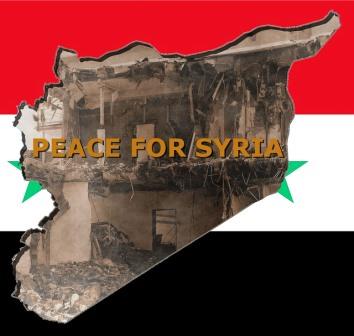
US President Donald Trump’s decision on imposing sanctions on Turkey has rocked the ever-turbu.....
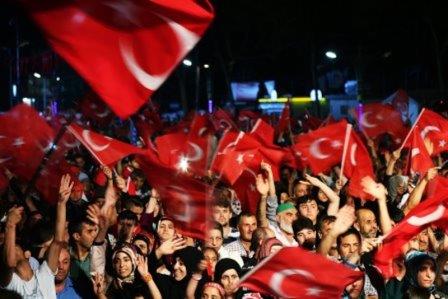
Prime Minister Narendra Modi's reported decision to postpone a planned visit to Turkey comes a c.....
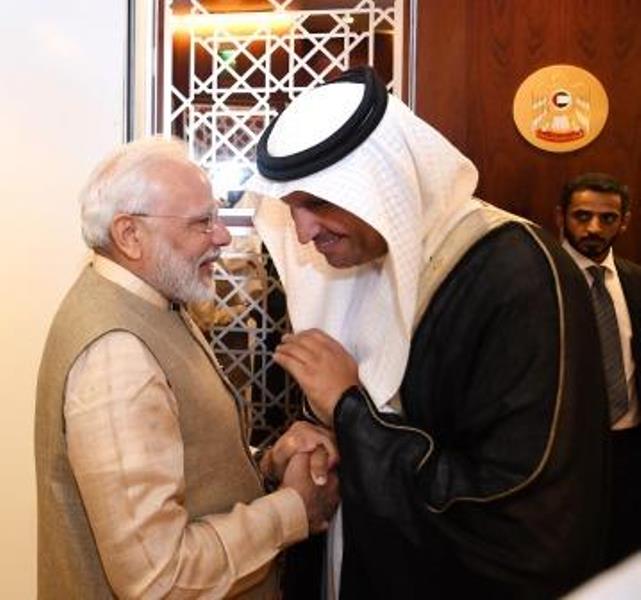
With the sole and notable exception of Pakistan, India's relations with the wider Islamic world .....
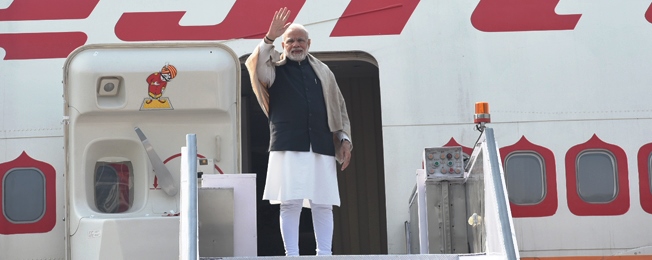
For a long time, India’s relationship with its extended neighbourhood in the Persian Gulf was .....
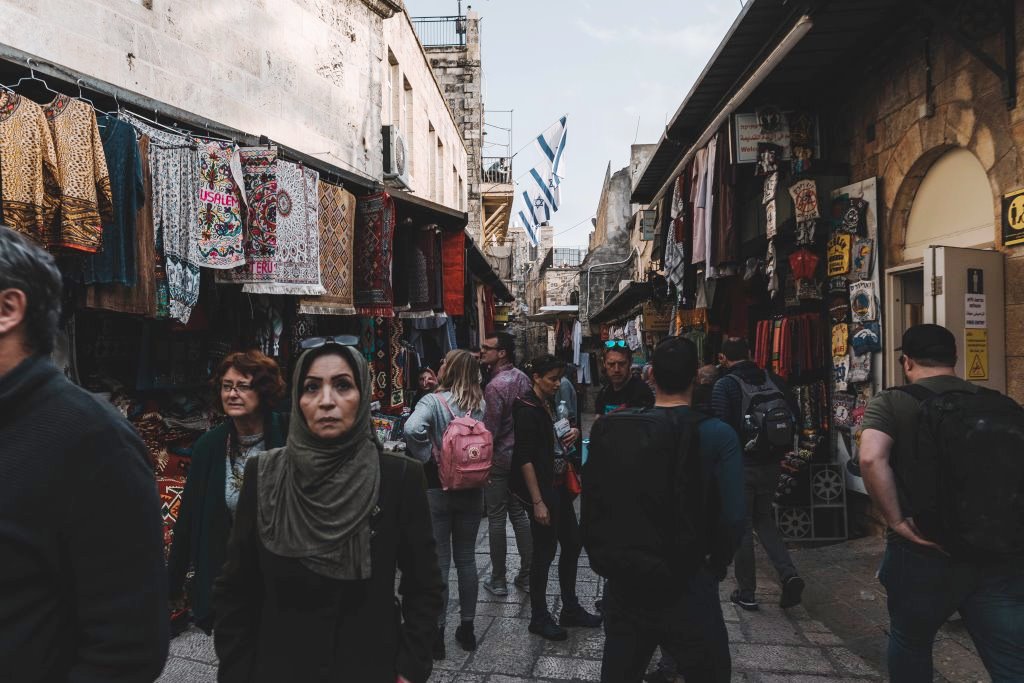
The Israeli legislative or Knesset election last week has turned out to be a rerun of the 9 April on.....
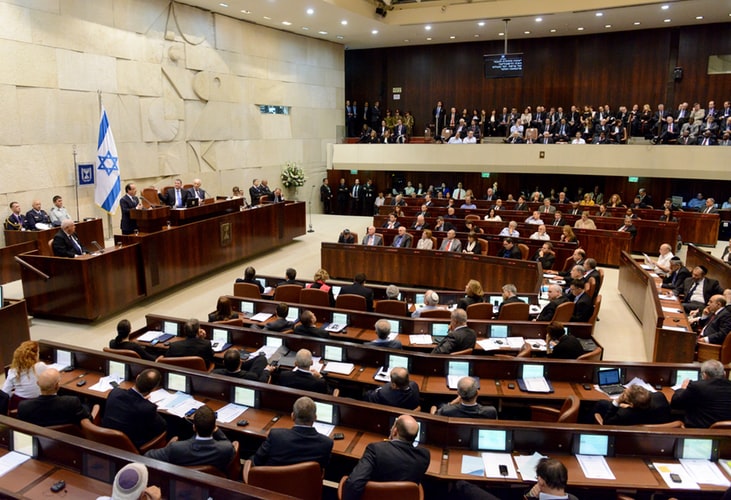
Will 2019 see a third Knesset election? This question is going rounds in Israel as it faces the seco.....
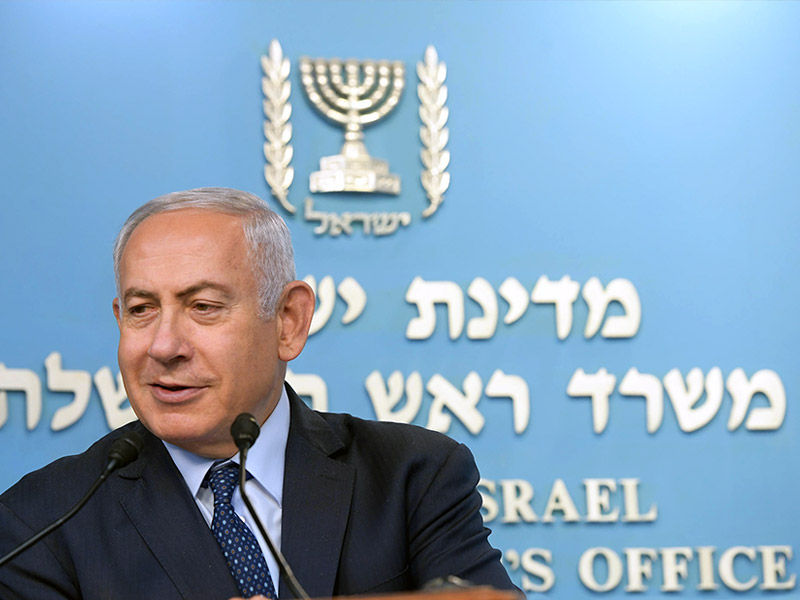
When he called Indian Prime Minister Narendra Modi to congratulate on his re-election with a landsli.....
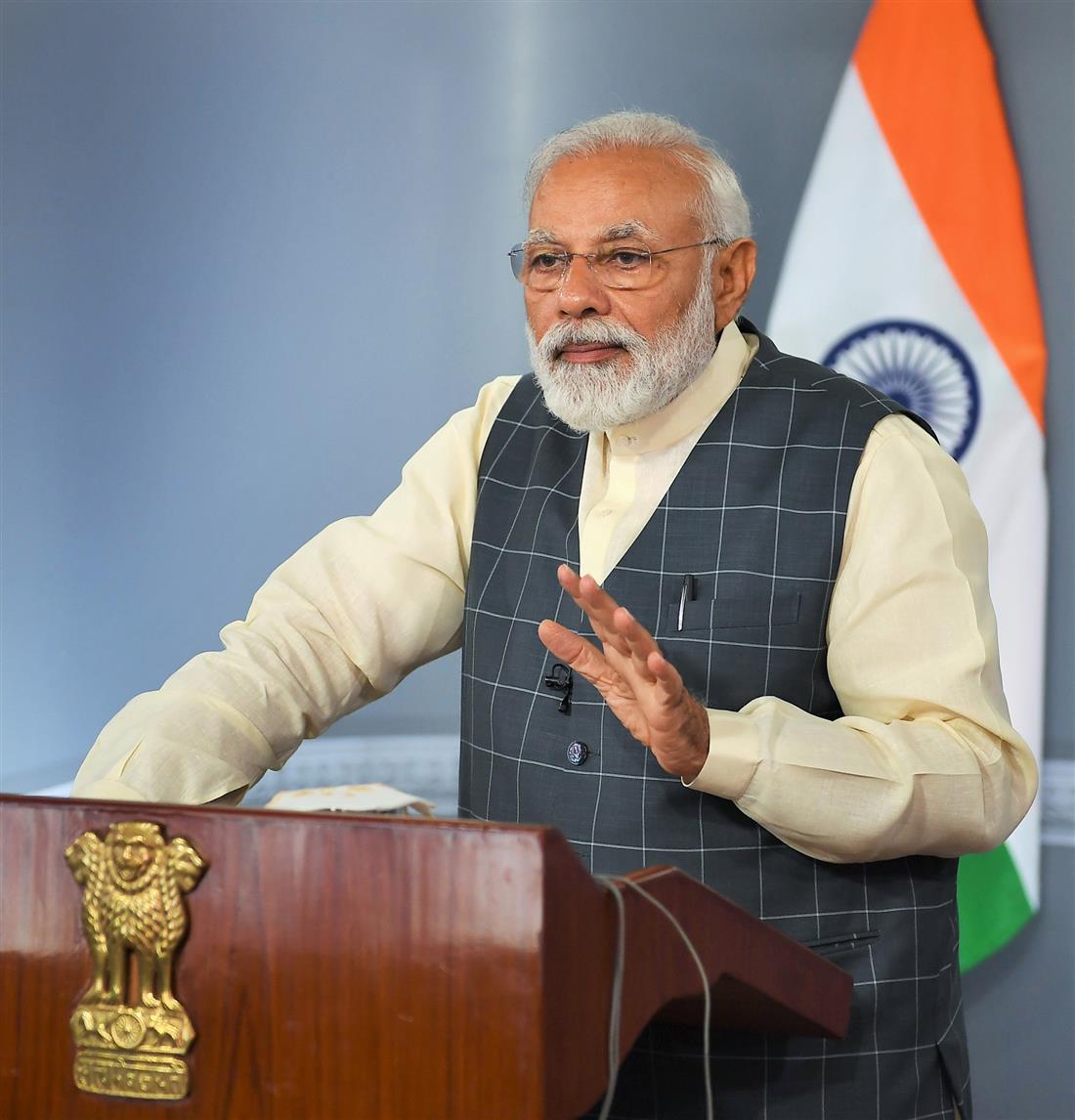
The resounding re-election of Prime Minister Narendra Modi is a blessing for India's relat.....
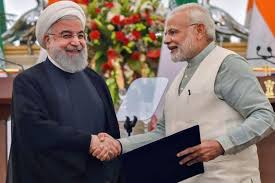
Iran is back in the news and for all the wrong reasons. It has been the unnecessary third .....
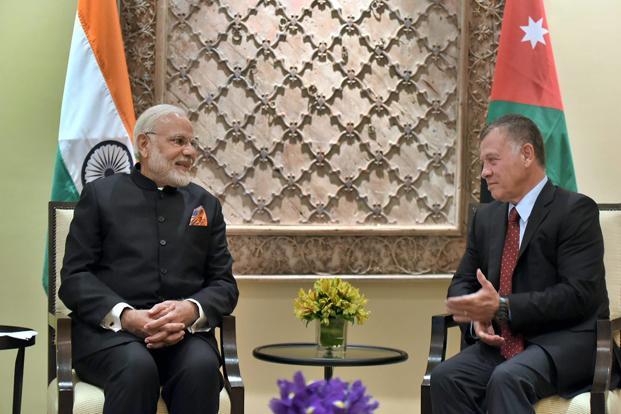
During the close to a century of its existence, the Hashemite Kingdom of Jordan has been, as former .....

In their eagerness to focus on and flag the de-hyphenation of the traditional Israel-Palestinian bin.....
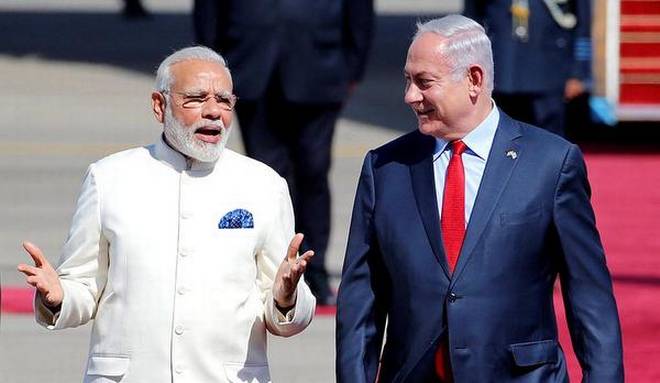
In the closely scrutinised India-Israel relationship, there is little in the public domain that rema.....
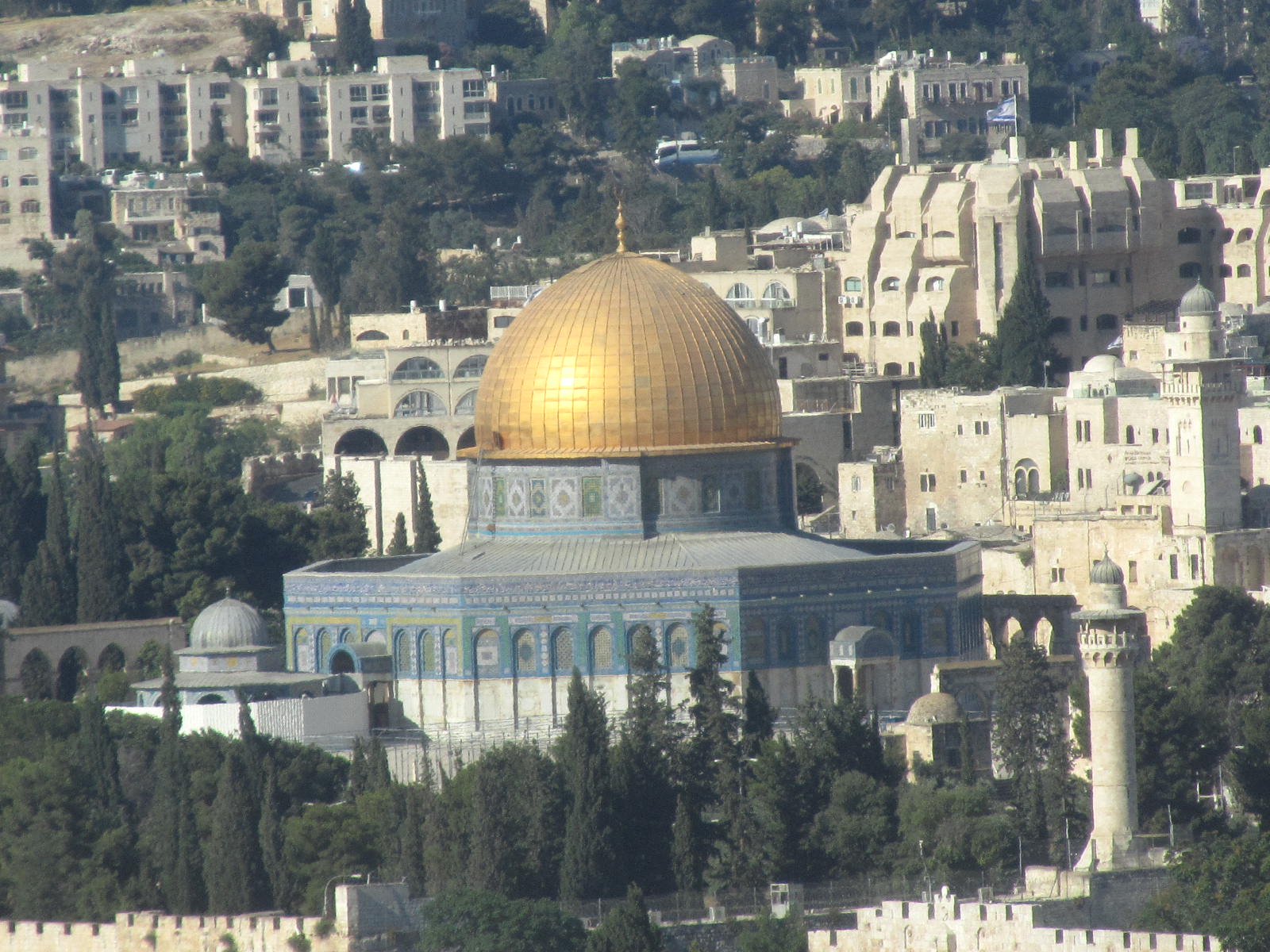
You know what, it will go to the dustbin’ my articulate friend was blunt, brutal but.....

Balfour Declaration, A Century Later If one were to make a list of the most influential.....
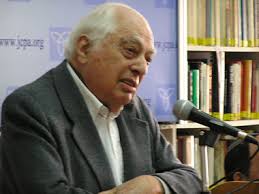
Professor Bernard Lewis—a towering personality on the Middle Eastern academic landscape—.....
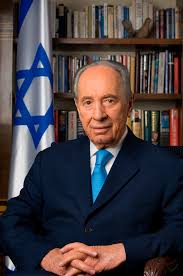
B orn in Poland on 2 August 1923, Szymon Persk who later Hebraised his name as Shimon Peres was the leader.....
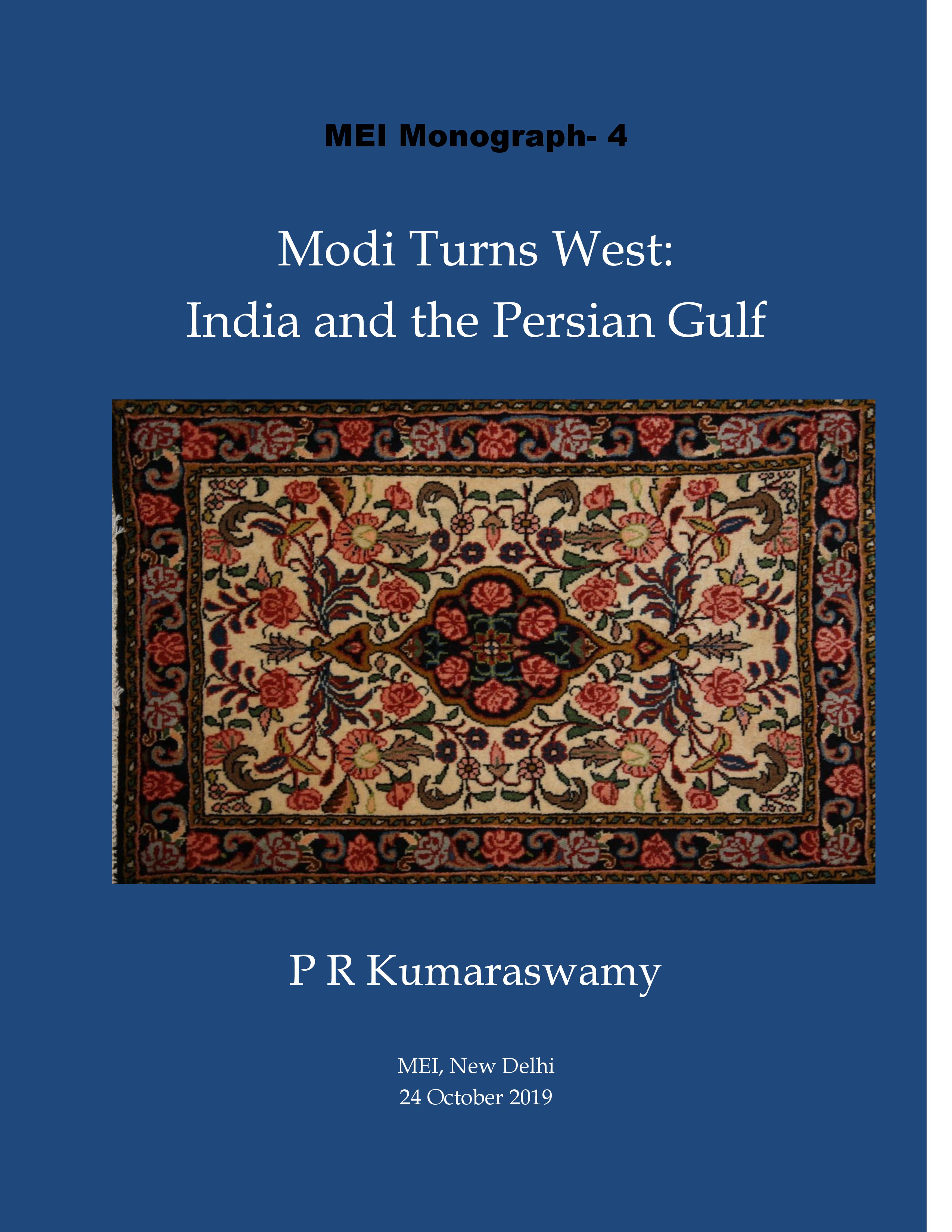
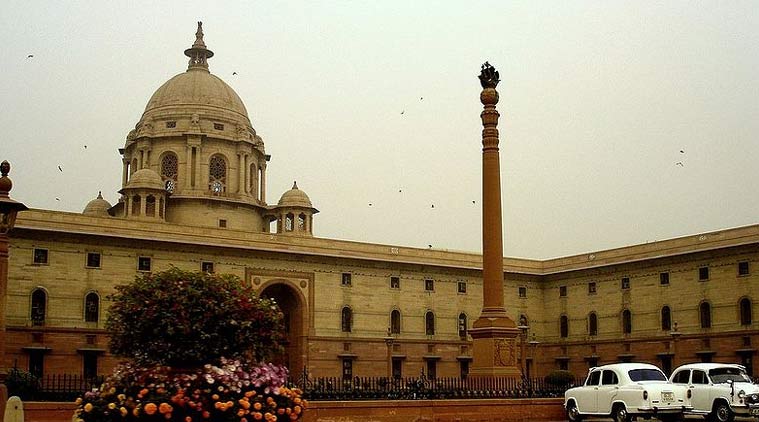
W hat What began as a protest by a marginalized vegetable vendor in Sidi Bouzid in Tunisia soon spread lik.....
